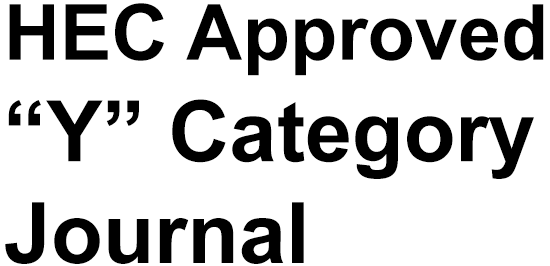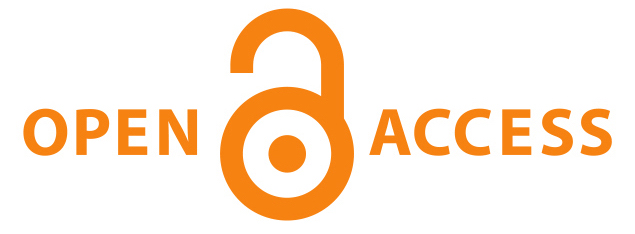Associating Marketing Strategy and Finance: A study of Return on Marketing Investment
DOI:
https://doi.org/10.63056/ACAD.004.03.0709Keywords:
Marketing , Strategy , Finance , ROI , InvestmentAbstract
The increasing demand for accountability from marketing investments is shifting focus to how marketers can demonstrate that marketing activities tie to real financial outcomes. Traditional marketing metrics as customer satisfaction, awareness, and loyalty do not adequately convey the financial return expected by their executives and shareholders. For that reason, the new idea of Return on Marketing Investment (ROMI) is becoming an important indicator to help marketers link and generate a comparative relationship between marketing strategy and financial results. Therefore, this study aims to, Characterize the relationship between marketing strategies and financial results from the ROMI perspective, Identify how companies can align their strategic marketing decision making with financial decision making to maximize shareholder value, and, Provide research-based suggestions on how to incorporate financial measures into their marketing evaluation process to sustain business growth. The methodology for this research is a mixed method approach. Quantitative data consist of financial statements, marketing expenditures, and performance indices of selected companies across a broad range of industries and market contexts, while qualitative data provide characteristics of related examples of similar case studies, as well examples associated with managerial interviews related to how and when strategic marketing behaviors are planned, implemented and evaluatred. Quantitative statistical methods, such as regression, allow analyses to evaluate the extent to which marketing expenditures influence success in profit improvement, net sales growth, or return on asset comparisons. The analysis shows that when marketing activity aligns with financial planning and measurement frameworks provided by marketing metrics, success in financial performance can be had. Marketing spending, targeted campaigns, customer relationship management and the many digital marketing actions are all found to strongly and positively relate to ROMI. But marketing spending that lacks a serious financial orientation typically yield little or no returns. This analysis suggests marketing should make a reasonable effort to incorporate financial metrics into the planning and evaluation of their activities. For practical purposes, the study took a cross functional view and invited organizations to consider marketing expenditure with the participation of their finance team in developing the strategy and evaluating the results. When ROMI is incorporated into performance evaluation of marketing resource allocation decisions, organizations can justify their marketing expenditure. With time, the ability to classify the success of ROMI can provide organizations with the advantage of stronger current resource allocation decisions and the opportunity to strengthen their place in the future for competitive advantage. The implications of the analysis are for academics and practitioners alike. For scholars, this adds to the overall knowledge and understanding about the marketing finance interface, and for practitioners, there is practical value to the knowledge for evidence based decision making. Today, the coupling of financial performance to marketing strategies has gone from nice to have, to must have. We hope that our ROMI frameworks have developed concepts that can provide a base for the facilitation of measurement of the value the marketing function provides, and to provide assurance that the investment in marketing creates sustainable value systemically. As the organization is progressing and stories are creating growth through the returns from marketing, the confidence of shareholders will continue as you push to invest in marketing to create value.
Downloads
Published
Issue
Section
License
Copyright (c) 2025 Qurratulain Razak, Dr. Ishtiaq Ahmed Malik, Dr. Salman Ahmad Khan, Muhammad Ahmad (Author)

This work is licensed under a Creative Commons Attribution 4.0 International License.












